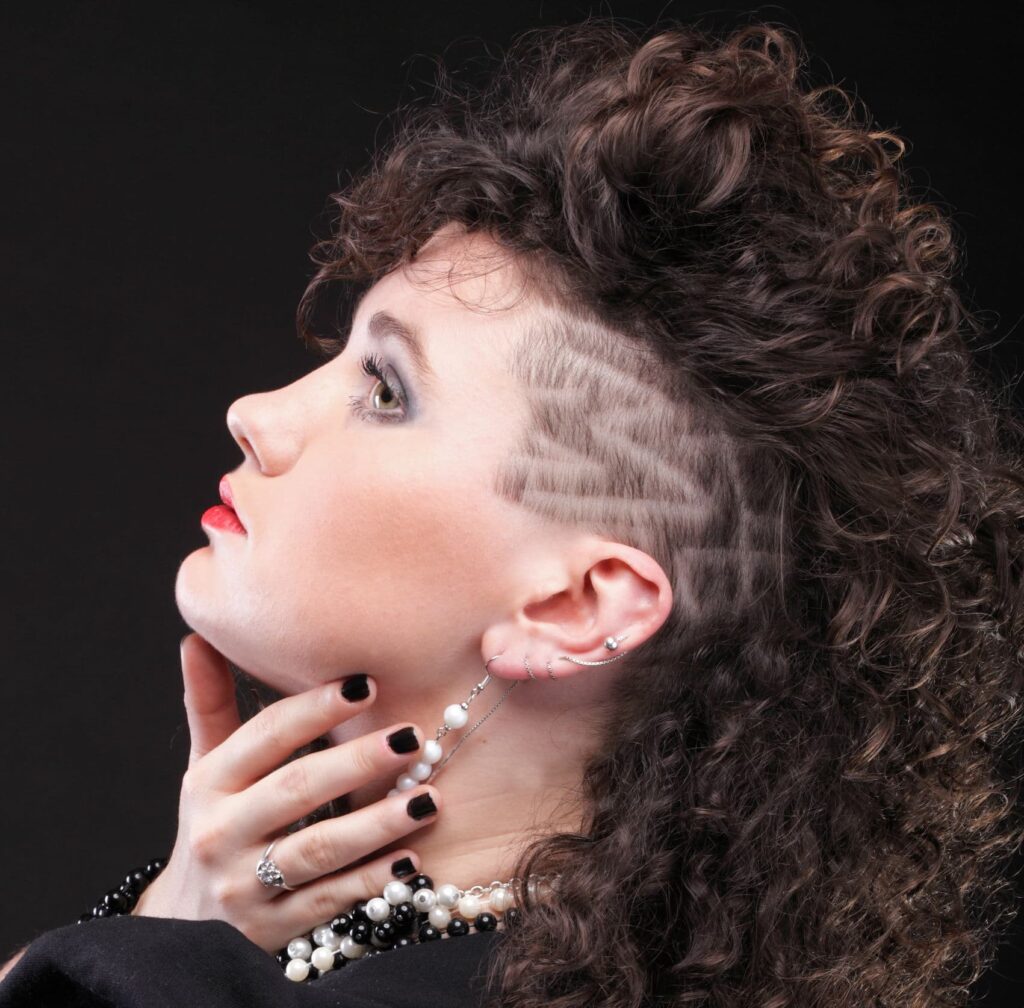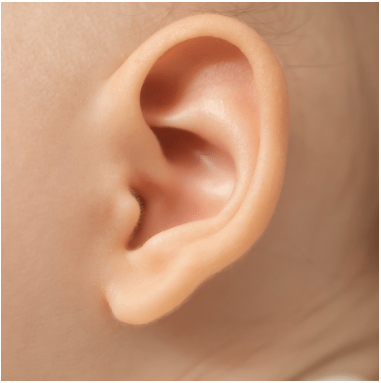Cartilage piercings have gained an incredible amount of popularity over the past few years. They are worth all the hype because of their versatile nature as in, the cartilage of your ears provides you a generous amount of area to experiment with.
However, the thing that puts most people off is the amount of time the cartilage takes to heal completely. Cartilage piercings are not easy to handle, not gonna lie here. Unlike the conventional lobe piercings, cartilage piercings require a significant amount of aftercare. This takes us to our main question:
When Can You Change Your Cartilage Piercing?
You can change your cartilage piercing after about 4 to 6 months. If you want to avoid prolonging the healing time, then you should stick to the same jewelry for the said amount of time.
The cartilage piercing heals from the outside at first. So don’t get fooled by the healed piercing that you see from the outside. The inner part of the piercing remains in the healing process for quite a long time. So you should avoid changing your jewelry for the first 4 to 6 months if it apparently seems to have healed.

And even after that, very frequent changes of jewelry should not be done for a year or so. On and off changes of jewelry can make the precarious cartilage piercing more prone to infections and allergies.
What Happens If I Change My Cartilage Piercing Too Early?
If you change your cartilage piercing too early, it will delay the healing process. There’s no point in changing a cartilage piercing until it is totally healed. Changing a cartilage piercing too early means giving an invitation to infections, bumps, irritation, and swelling.
The piercing may as well close just after you remove the initial jewelry piece and not give you enough time to put in another thing. If there’s a legit reason for you to change your cartilage piercing before the required time, then the best way is to visit your piercer and tell them to change it for you.
Should I Twist My Cartilage Piercing?
No, don’t twist your cartilage piercing – just leave it on its own for a while. Poking your piercing jewelry unnecessarily can result in delayed healing. Moreover, twisting the jewelry around can lead to irritation or swelling. And that is the last thing that you’d want. So it is best to leave your cartilage piercing as it is.
Why Does a Cartilage Piercing Take More Time To Heal?
Cartilage is a type of connective tissue and unfortunately, there is not a lot of blood supply in the cartilage. Blood plays an integral role in the healing process. And the absence or less flow of blood in the cartilage leads to a longer healing time. Therefore, a cartilage piercing takes around 6 months to heal on average.
How To Know If Your Cartilage Piercing Has Healed?
From the beginning, we have been raving about the importance of the healing time of a cartilage piercing. But how do you really know when your cartilage piercing has healed?
The healing time has already been mentioned as 3 to 6 months. But if you want to keep a track of how well your piercing is healing then these are some of the clues:
- Your piercing will not hurt upon touching.
- No signs of swelling or redness.
- No fluid excretion from the piercing site.
- No formation of crusts every other day.
- You will be able to move your piercing without discomfort.
These are just a few clues that may indicate that your piercing is healing well. But that doesn’t necessarily mean that you should change your piercing earlier than 4 months’ time.
You will want to be on the safe side always. And for that, you’ll have to wait for at least 4 months before changing your first piercing jewelry.
Related Posts: The Best Rubber Earring Backs
How Can You Make Your Piercing Heal Faster?
The first step to a less problematic healing process of your piercing is the wise selection of the jewelry. Typically, piercing professionals do know about the jewelry that is appropriate for a fresh piercing. However, if you’re doing your piercing on your own then make sure that you choose hypoallergenic jewelry that is free from any type of harmful metal alloys. Choose earrings that are safe for fresh piercings.
Next, keep it as clean as possible. You will have to be very mindful of the hygiene of your cartilage piercing. Clean it regularly with saline solutions or use other cleaning products available on the market.
Give less trauma to your body. By that we mean, get only one cartilage piercing done at a time. Give it time to heal and then, move on to the next one. Also, get your piercing done on one side at first, so you can sleep on the other side easily. Give each piercing the appropriate time to heal and recover. Multiple piercings at once will make your cartilage more prone to infections.
That’s all from us. We hope that you did find answers to most of your concerns about your cartilage piercing.
Related Posts



